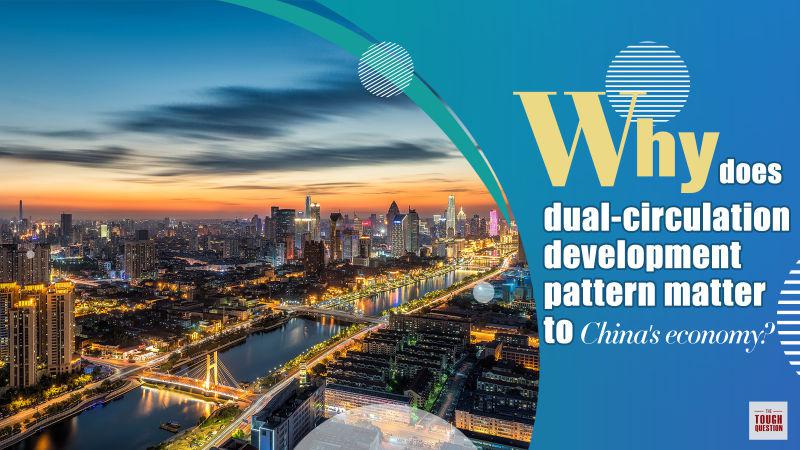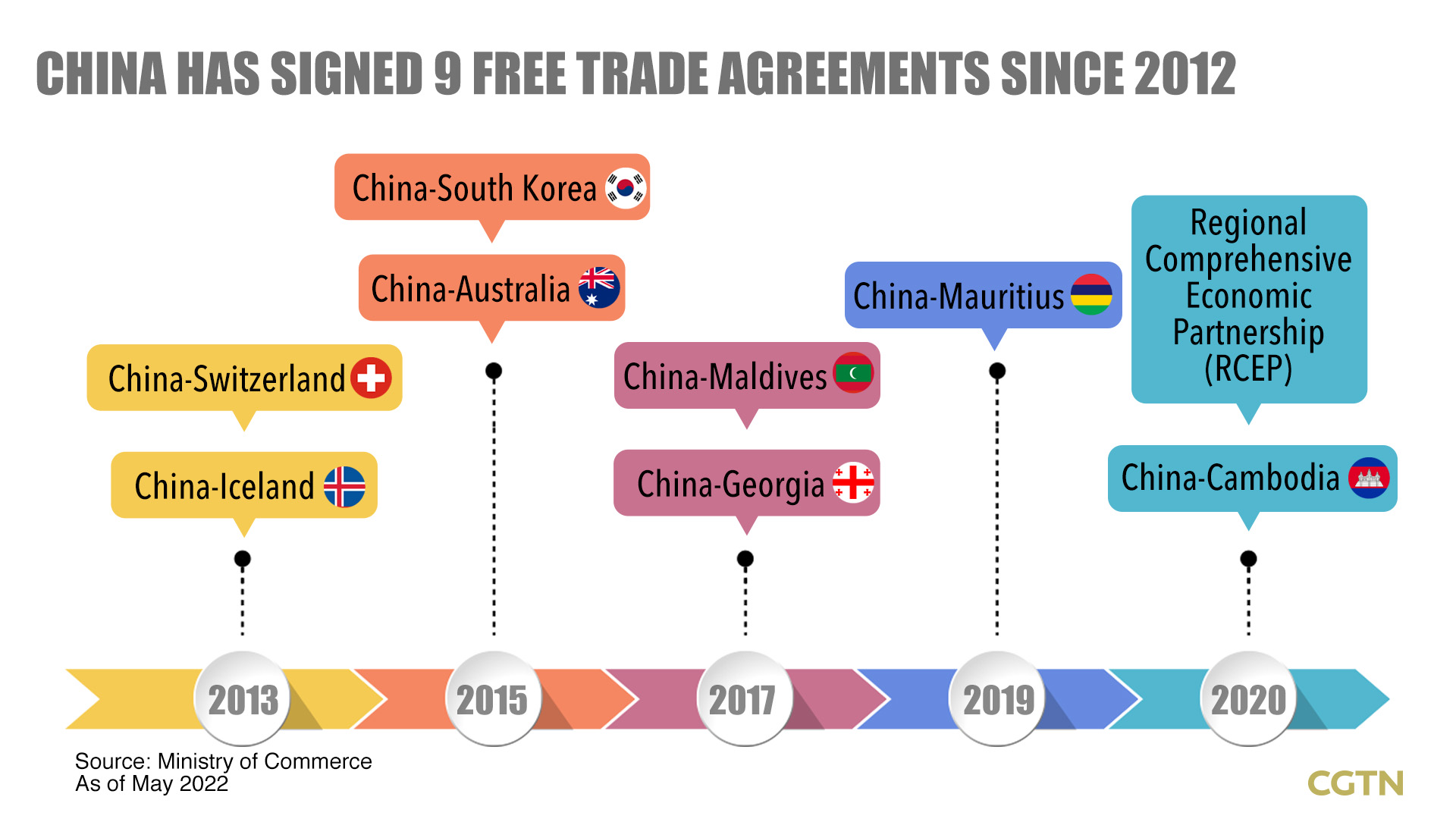China has made significant progress in improving the business environment, expanding domestic demand and consumption, and developing high-quality foreign trade over the past 10 years, according to a press conference on Friday.
The conference, attended by officials from the Ministry of Commerce, the General Administration of Customs, and the State Administration for Market Regulation, introduced future work emphasis in their related fields, based on a dual-circulation development strategy.
"'Integrating domestic and foreign trade and fostering dual-circulation development' is the inherent requirement to give full play to the advantages of China's super-large market and expand a high-level opening up of the country," Pu Chun, vice minister of China's market watchdog, said.
The dual-circulation development paradigm, taking domestic development as the mainstay with domestic and international development reinforcing each other, has been at the center of China's development policies, since the concept was first mentioned by Chinese President Xi Jinping at a meeting in May 2020.
Read more: An overview of China's new economic strategy
03:56

Leverage united national market
In April, China issued a guideline on building a unified national market, which is is expected to improve the efficiency of and expand the scale of the domestic market.
Building a unified national market is not only the fundamental support for a smooth domestic circulation, but also the inherent requirement to promote domestic and international dual circulation, Vice Minister of Commerce Sheng Qiuping said.
The unified national market is an important symbol of a mature market economy, and it is also the fundamental support and the inherent requirement for fostering the new development pattern, Pu said.
Read more:
Why does China need to build a unified market?
Building a unified market is vital in stabilizing market expectations and sentiment, unleashing consumption potential and enhancing the economic resilience of China, Pu said.
In a super-large market like China, with an economic scale of 114 trillion yuan ($17.7 trillion), 158 million market entities and 1.4 billion consumers, "it is a great responsibility to do a good job in market supervision," Pu said.
"The State Administration for Market Regulation will speed up the clean-up and abolition of various regulations and practices that hinder a unified market and fair competition, further regulate improper market competition and market intervention, and effectively enhance the stability and predictability of supervision," he added.
China's domestic and foreign trade integration has made great progress since 2012, as China has become the world's second-largest consumer market and the largest trader in goods, Sheng said.
A classic case of "integrating domestic and foreign trade and fostering dual-circulation development" is the Yiwu experience, Sheng said.
By adopting a slew of pilot trade schemes to stimulate the circulation of domestic trade and international free trade, this small city in eastern China has grown to become "the world's largest wholesale market of small commodities.

Foreign businessmen purchase Christmas trees and other decoration in Yiwu International Trade City, Zhejiang, China. /CFP
Foreign businessmen purchase Christmas trees and other decoration in Yiwu International Trade City, Zhejiang, China. /CFP
The past decade witnessed Yiwu's exports and imports respectively increase by 5.4 times and 10 times, and e-commerce transactions increase by 6.1 times.
China has become the world's largest online retail market for nine consecutive years, with online retail sales reaching 13.1 trillion yuan in 2021.
By June last year, the number of online shopping users in China reached 812 million. The business volume of the express delivery service industry also ranks the first in the world, topping over 100 billion pieces in 2021, nearly 20 times that of 10 years ago.
Stabilize foreign trade amid turbulence
China's foreign trade has thrived over the past 10 years. In 2021, China's international market share of exports reached 15.1 percent, hitting a new high. The country's imports contributed 13.4 percent to the growth of global imports, effectively promoting the recovery of the world economy, Sheng said.
Facing severe and complex domestic and foreign situations, the Ministry of Commerce says it will "go all out to stabilize the fundamentals of foreign trade and foreign investment," by promoting trade benefits, innovation, the integration of domestic and foreign trade, the stability of supply chain for foreign trade firms and international cooperation, Sheng said.

China has signed 19 free trade agreements with 26 countries and regions in total, and nine of them were signed during the past 10 years.
Four China International Import Expos have been successfully held since 2018, with the cumulative turnover amounting $272.27 billion.
Through the expos, a variety of high-quality consumer goods and advanced technology products have been introduced into the Chinese market, effectively promoting the positive interaction of the dual circulation, Sheng said.
China will firmly safeguard the multilateral trading system and actively participate in the reform of the World Trade Organization, he said.
China will make good use of the Regional Comprehensive Economic Partnership, while actively promoting the process of joining the Comprehensive and Progressive Agreement for Trans-Pacific Partnership and the Digital Economy Partnership Agreement, and deeply engage in international cooperation, such as green development and the digital economy, he added.
(Cover: Wangfujing, a famed shopping street in Beijing, China. /CFP)

